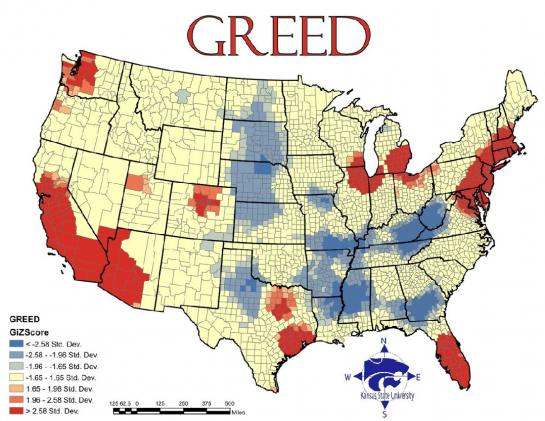 |
| Bond villain Auric Goldfinger |
Propositional fallacies involve fallacies of mathematical reasoning. They are fallacious regardless of the truth value of the component statements. Last time, we discussed affirming a disjunct, the fallacy of turning an inclusive OR into an exclusive one. The two remaining propositional fallacies are known as affirming the consequent and denying the antecedent.
Affirming the Consequent
If Auric Goldfinger owned Fort Knox, then he would be rich. Auric Goldfinger is rich. Therefore, Auric Goldfinger owns Fort Knox. Even if the first two statements are true, the conclusion is invalid because there are other ways to be rich besides owning Fort Knox.
Here's how to cast the argument in propositional calculus:
P→Q
Q
∴ P
(If P, then Q. Q is true. Therefore, P.)
This is different from the argument "if and only if." If Auric Goldfinger is rich if and only if he owns Fort Knox, then the statement "Auric Goldfinger is rich" makes "Auric Goldfinger owns Fort Knox" necessarily true. But that's the case only if the first statement is true — which it isn't. In propositional calculus, we'd write that:
P⟷Q
Q
∴ P
Affirming the consequent is sometimes called converse error.
Denying the Antecedent
The opposite fallacy, denying the antecedent, is also known as inverse error.
If Auric Goldfinger owned Fort Knox, then he would be rich. Auric Goldfinger does not own Fort Knox. Therefore, Auric Goldfinger is not rich. This is wrong for the same reason as the previous argument was wrong: there are other ways to be rich.
In propositional calculus, this takes the form:
P→Q
¬P
∴ ¬Q
If P, then Q. P is false (not-P). Therefore, Q is false (not-Q). As in the previous case, the rules for if and only if are different from if alone.












